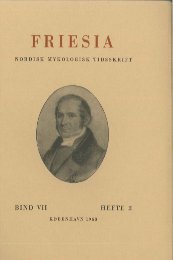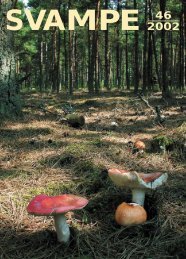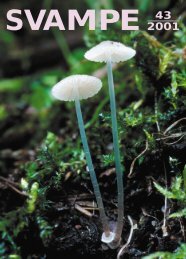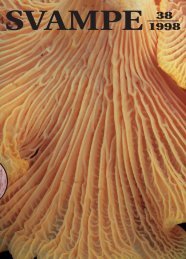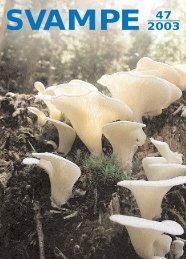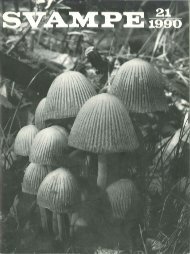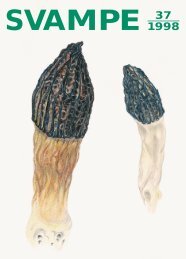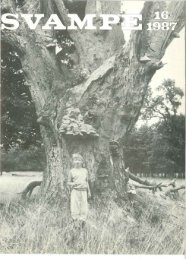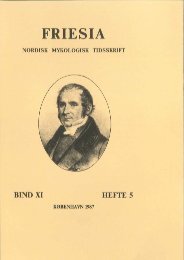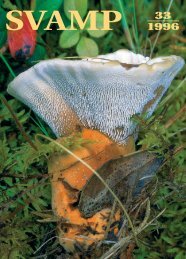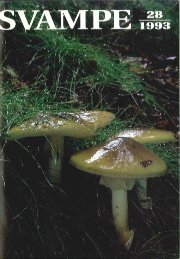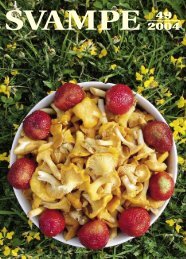You also want an ePaper? Increase the reach of your titles
YUMPU automatically turns print PDFs into web optimized ePapers that Google loves.
-74 -<br />
8. Phoma (Phyllosticta) bellidis Neerg. In a previous<br />
publication (N e e r g a a r d 1941) this fungus has been given a<br />
Danish diagnosis, whereas it was named in a later publication<br />
(N e e r g a a r d 1945a ) . F in ally, as a t hird step in a somewhat pro<br />
tracted procedure I now want to m eet the demand of t he Int ernatio<br />
nal Rules of Bot anical Nomenelature for a Latin diagnosis.<br />
L a t i n d i a g n o s i s. Pho ma (Phyllosticta) bellidis Ne erg.<br />
1945 (diagnosis danica 1941). P ycnidiis dense aggregatis, subglobosis<br />
v. globoso-lenticularibus (160-220 p diarn .) , ostiolo brevissi<br />
mo, poro 10-15 p diam. Conidioph oris vix ullis. Conidiis hyalinis,<br />
cylindraceis, ovoideis vel ellipsoideis, non guttulatis, 4.5-6 p L,<br />
1.5-3 p er. H a b. ad semina et pla ntulas Bellidis perennis in Da<br />
nia, Anglia, Hollandia, Helvetia et Italia.<br />
Typus in Kgl. Veterinær - & Landbohøjskole, Plantepatologisk<br />
Laboratorium , H afn ia, Dania, dep os.<br />
D i s t r i b u t i o n. Pho ma bellidis occurs freque ntly on seed of<br />
Bellis perennis fl. pl. harvested in Denmark, Ho lland a nd Italy and<br />
ge rmi nat ed in the Jacobsen gerrninator. It occurs either on ungerminated<br />
seeds or on seedlings attacked by damping-off. There is no<br />
doubt that this damping-off, always connected with Pho ma belluiis,<br />
as well as, in many cases, the death of the infected seeds, is caused<br />
by this fungus, although infection experiments have not been per<br />
formed. As is evident from table 1, the fungus is widely distributed.<br />
In the 10-year period here concerned 40 % of the examined seed<br />
lots were infected.<br />
9. Zygosporium parasiticum (Grove) Dunting & Mason.<br />
In November 1941 a highly curious hyphomycete was sent me for<br />
identification from Mr. A l b e r t H a n s e n, director of Alfred<br />
Jørgensen's Laboratory of Fermentology, Copenhagen. The fungus<br />
was isolated from a wooden vat containing apple pulp, from a cider<br />
factory at Aarhus. It was found also in the apple pulp - probably<br />
it had been growing from the wood into the pulp.<br />
The fungus was identified as Zygosporium parasiticum (Grove)<br />
Bunting & Mason. So far no species of Zygosporium has been re<br />
corded from Denmark, and Z. parasiticum has been recorded alto<br />
gether but a few times, under varlous synonyms. As pointed out<br />
by M a s o n (1941) these synonyms are: Pimina parasitica Grove



